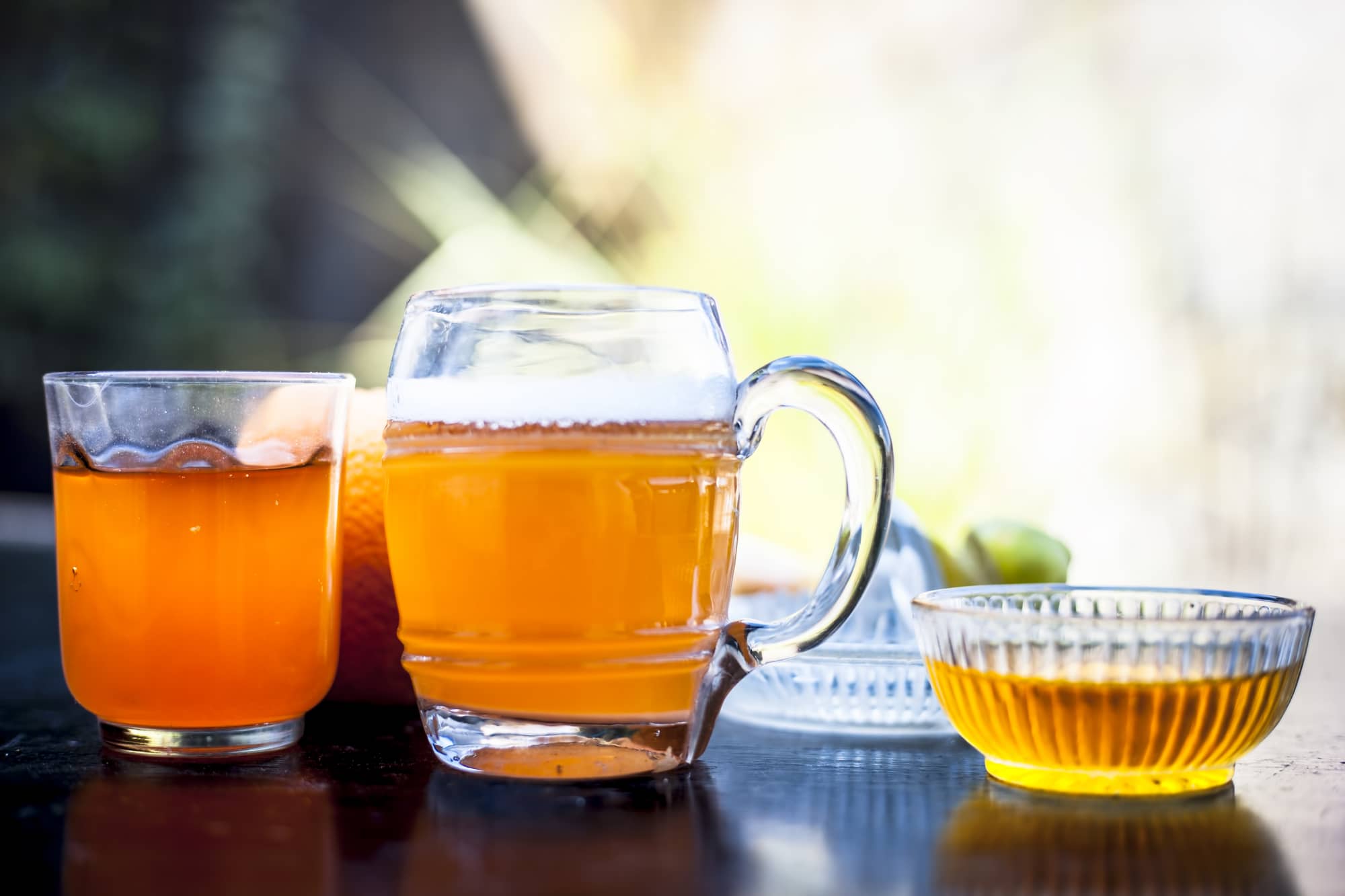When you mention brewing with honey most people automatically think of “mead” – the amber nectar of the gods, the ancient honey beer of medieval times or the honey wine traditionally associated with weddings.
But mead isn’t a beer, it’s not a wine and, I would argue, it’s not even the amber nectar of the gods. Mead is refreshing enough on a hot summer’s day and may offer an alternative for those who aren’t too keen on beer, but we are talking beer – a REAL beer that can use honey for brewing.
Whether it’s a peanut butter honey blonde (“Contains Bees” from Inbound Brewing of Minneapolis), a honey Biere de Garde (“Booger Hill from Little Creatures Brewing in Georgia), or even a honey weizen (“Blue Moon Honey Wheat” from Blue Moon Beer Co), the more adventurous brewers are now producing more buzz-worthy honey beers than ever before.
Beyond its traditional role as a natural sweetener, honey brings a distinct taste, aroma, and complexity to beer, making it a fascinating addition to the brewing process.
Honey can increase alcoholic content, lighten beer body, sweeten harsh flavors, improve bottle condition, and much more. Let’s take a look at the multitude of ways you can improve your brew with honey.
Why Honey?
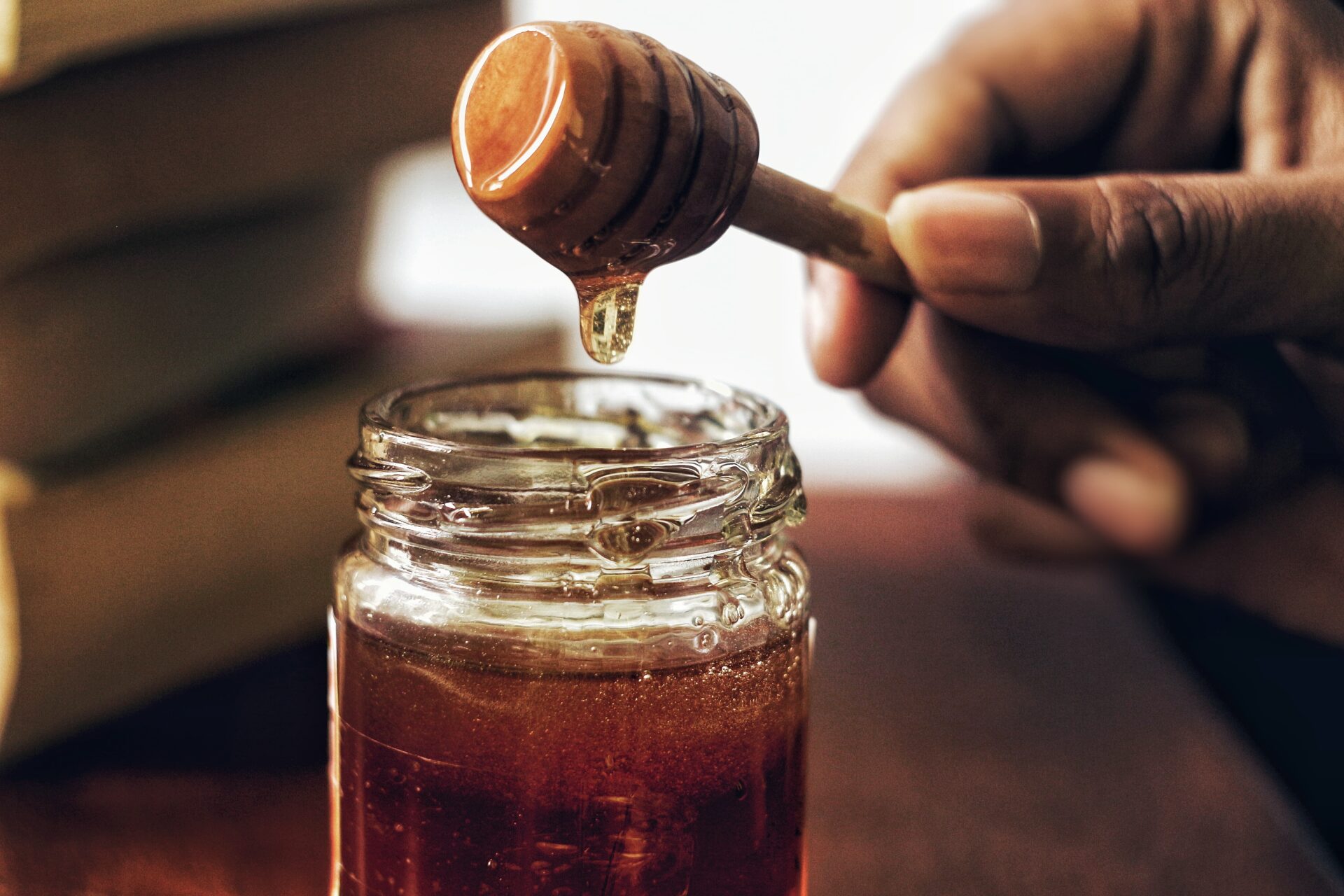
Honey beers are becoming increasingly popular, but brewing beer with honey is far from new. Honey holds a profound historical significance in the brewing world, dating back thousands of years.
Ancient brewing equipment dating back to 7 BC has been found which contains traces of honey and wild yeasts. Across different cultures and civilizations, honey has been revered for its unique qualities and utilized as a primary fermentable sugar in the creation of various brewing recipes.
Ancient Brewing Traditions

The origins of brewing with honey can be traced back to ancient civilizations, where honey was highly valued for its taste, preservation properties, and perceived medicinal benefits. Ancient Egyptians, for instance, treasured honey as a precious commodity and used it in the production of mead, a honey-based fermented beverage.
The ancient Greeks and Romans also recognized the allure of honey in brewing. In Greek mythology, honey was considered a gift from the gods and played a central role in the legend of ambrosia, the food of the gods that bestowed immortality. Honey was utilized in the production of various meads and served as a symbol of celebration and indulgence during feasts and festivals.
Ancient drinkers believed mead had valuable health benefits, and they weren’t entirely wrong. Honey is anti-inflammatory, antimicrobial, and a healthy alternative to other sugar additives.
Viking Mead Culture

The Vikings, renowned seafarers and explorers, had a strong affinity for mead, which played a crucial role in their culture and traditions. Honey was an abundant resource in regions such as Scandinavia, making mead an integral part of Viking social gatherings, rituals, and festivities. Mead was not only enjoyed for its intoxicating properties but also revered as a symbol of strength, courage, and fertility.

During the Middle Ages, mead continued to thrive in Europe, particularly in the form of mead halls. These communal gathering places were central to the social fabric of medieval communities, where people would come together to share stories, engage in festivities, and partake in the consumption of mead. The historical significance of mead halls, with their association with honey-based alcoholic beverages, highlights the cultural importance of honey in medieval brewing traditions.
The Resurgence of Honey Beer Brewing and the Craft Beer Explosion
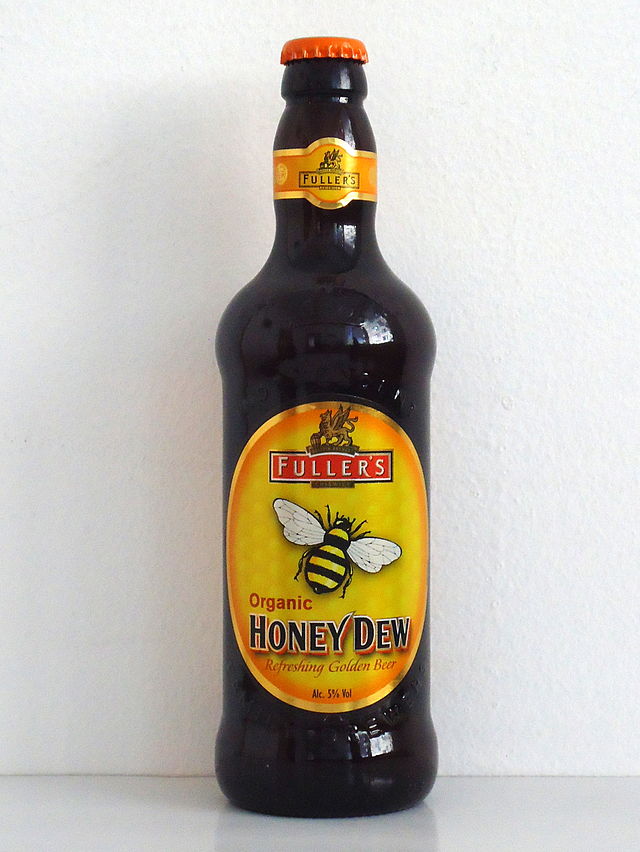
While the popularity of honey-based brewing declined during the Industrial Revolution and subsequent eras, the craft beer and brewing renaissance of recent decades has led to a resurgence of interest in using natural honey as a brewing adjunct in beer recipes. Craft brewers, inspired by historical traditions, have embraced the versatility and unique flavors of honey, incorporating it into a wide style of beer and innovative honey-infused ales.
The Chemistry of Honey
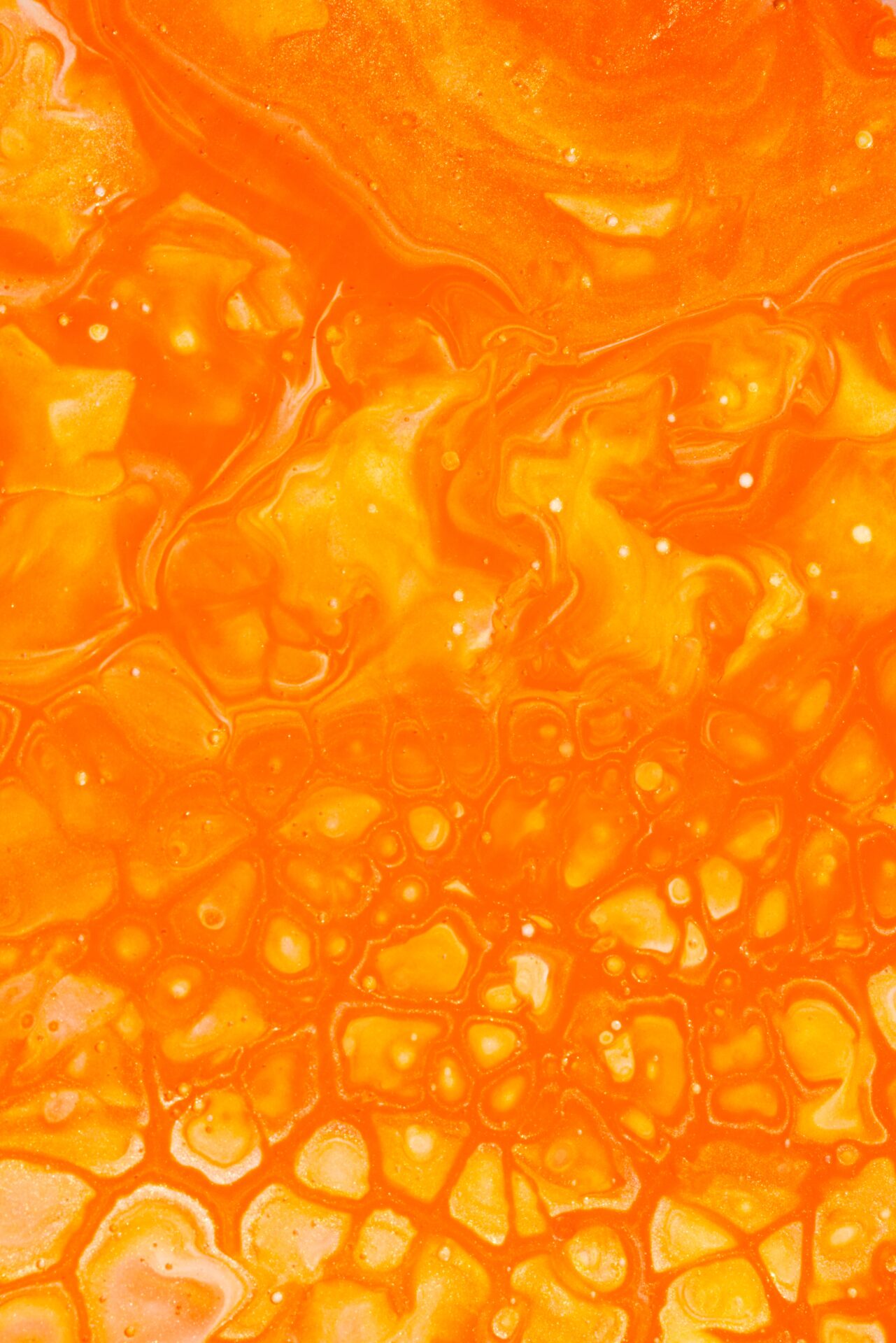
So why has honey been chosen for brewing beers over the centuries? Is it just because it’s a natural sugar source or can it offer other benefits to your batch of beer? Quality honey certainly isn’t the cheapest of sweetness available today, that would be simple sugars like raw cane sugar, table sugar, or even corn sugar, so why use pounds of honey instead?
Honey’s unique make-up is versatile, providing beer brewers with an array of opportunities. Understanding the chemistry of honey enables brewers to make informed decisions regarding yeast selection, fermentation conditions, and recipe formulation
Sugars
The primary constituents of honey are sugars, mainly glucose and fructose, which account for approximately 70-80% of its total weight. These sugars provide fermentable material for yeast during the brewing process, converting them into alcohol and carbon dioxide. The ratio of glucose to fructose can vary depending on the floral source of the honey, resulting in differences in flavor compounds and fermentability.
Enzymes
Honey has various enzymes that contribute to its chemical composition and characteristics. The enzyme invertase, also known as sucrase, plays a vital role in breaking down the disaccharide sucrose into glucose and fructose, making them more accessible to yeast during fermentation. Other enzymes, such as amylase, contribute to the breakdown of complex sugars and carbohydrates into simpler sugars.
Amino Acids and Proteins
Bee honey often contains a small amount of amino acids and proteins derived from the pollen and nectar of flowers. Although present in trace amounts, these compounds contribute to the nutritional content of honey and may interact with yeast and other microorganisms during fermentation.
Vitamins and Minerals
Honey contains several vitamins and minerals, albeit in relatively small quantities. These include B vitamins (such as thiamin, riboflavin, and niacin), vitamin C, calcium, magnesium, potassium, and trace elements like iron and zinc. While the amounts may be modest, they contribute to the overall nutritional value and potential health benefits associated with honey consumption.
Antioxidants and Maillard Reactions
The diverse array of antioxidants, such as flavonoids and phenolic compounds found in common honey play a crucial role in protecting honey from oxidative damage, preserving its quality, and potentially offering health benefits to consumers. During heating or prolonged storage, the interaction between sugars and amino acids in honey can lead to Maillard reactions, resulting in the development of desirable flavors and aromas.
Water Content and Moisture
Honey has a relatively low water content, typically ranging from 14% to 18%. The low water activity inhibits microbial growth, contributing to the natural preservation properties of honey. This property is particularly advantageous in brewing, as it helps create an environment that supports yeast fermentation while discouraging the growth of undesirable microorganisms.
Benefits and Challenges of Brewing with Honey
Brewing with honey offers numerous advantages. Firstly, honey brings its distinct flavor profile, offering a wide array of tastes, from delicate and floral to robust and earthy. The choice of honey varietal (more on that below) can dramatically influence the finished beer. Moreover, honey adds complexity to the mouthfeel, lending a silky texture and enhancing the overall drinking experience. Additionally, the natural preservative properties of honey can contribute to the longevity of the brewed beverage.
However, brewing with honey also presents challenges. Honey is highly fermentable, meaning that without careful monitoring and control, the final product may become overly dry or excessively alcoholic. Moreover, honey is devoid of certain nutrients required by yeast during fermentation. Brewers must address these limitations by employing proper yeast selection, managing fermentation temperatures, and supplementing with additional nutrients to ensure a successful brew.
Types of Honey
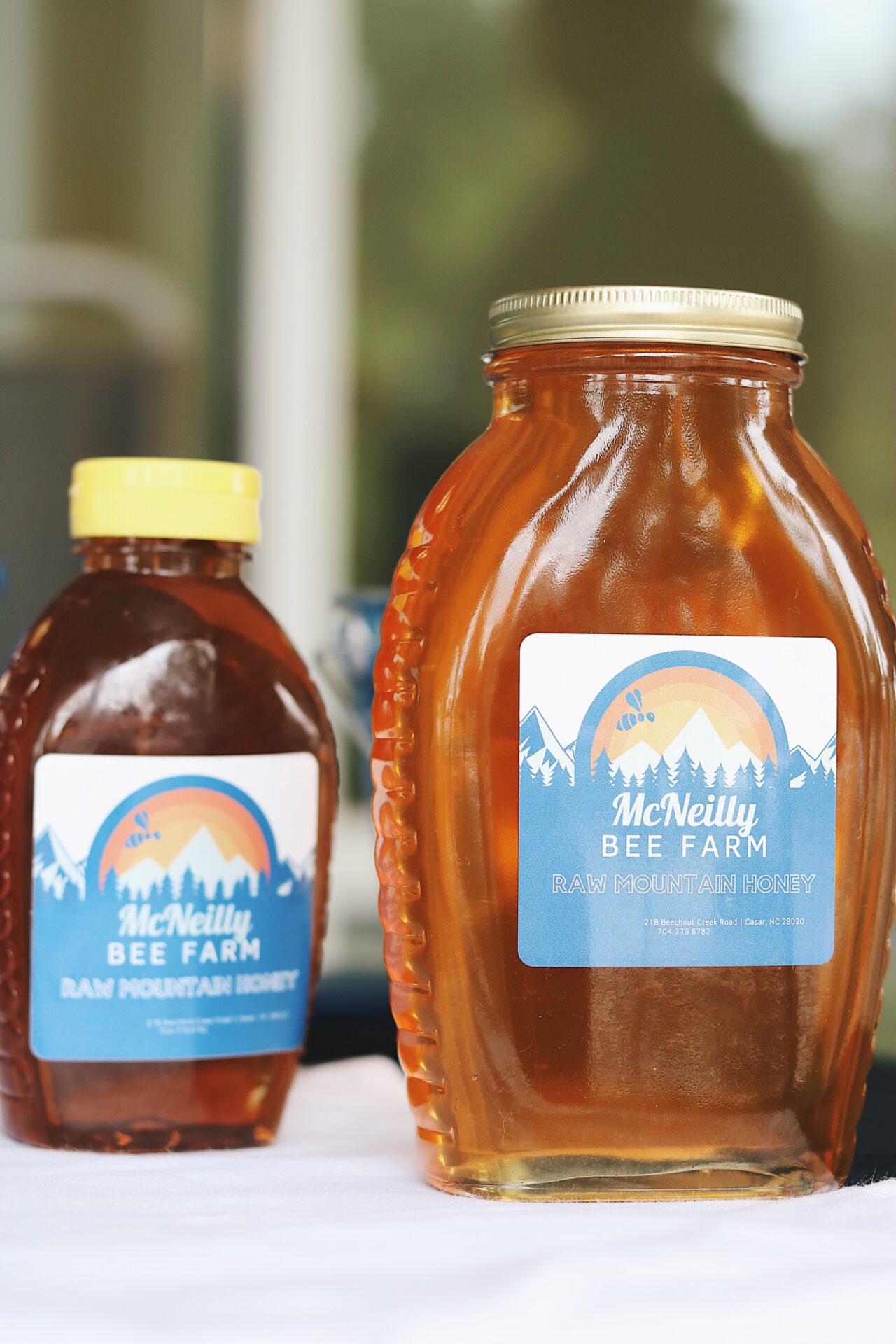
I recommend using raw wild honey from a local beekeeper as it carries more robust flavors, scents, and nutrients. Not all honeys are equal though!
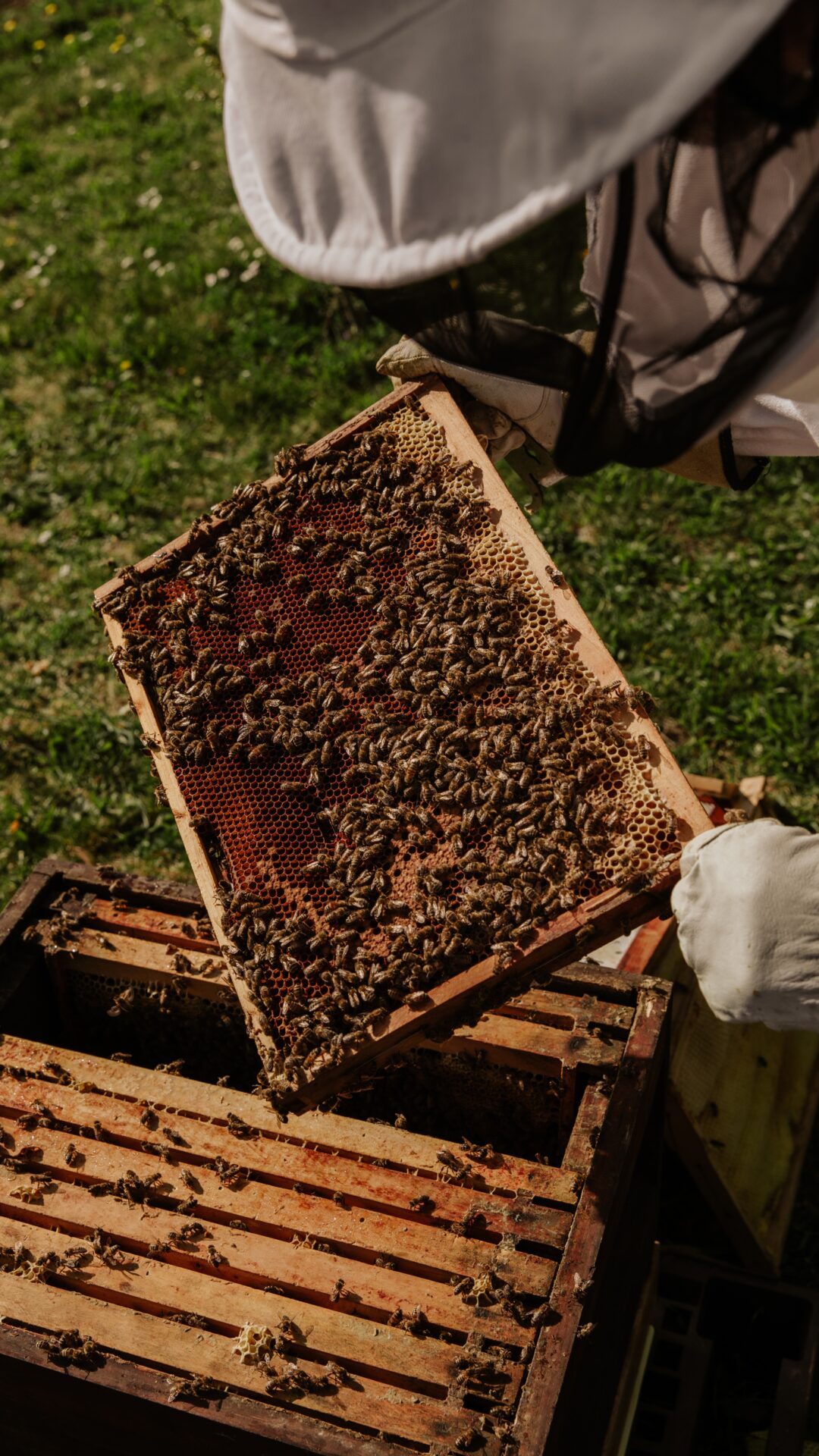
The flavor of honey you use depends on the honey variety available in your area and the beer you’re brewing. The National Honey Board claims there are over 300 types of honey in the United States alone. Let’s take a look at a few of the most popular.
Alfalfa
Alfalfa raw honey is common in the Western states. It has a grassy flavor with traces of vanilla. The mild taste complements most beers but is popular amongst herbal brews.
Buckwheat
Buckwheat dark honey is bold-flavored and typically grown in the Northern United States. It’s less sweet than other types and the darker honey is best in a stout or with other darker specialty malts.
Clover
Clover honey is the United State’s most prominent honey. Its mild taste is best in lighter beers, like light lagers or Blonde ales.
Orange Blossom
Orange blossom honey is grown in warm climates, like South Florida, Texas, Arizona, and California. Its citrusy and sweet flavor pairs well with a Pilsen lager.
Tupelo
Tupelo honey swings sweeter than other flavors. The honey is produced alongside river swamps in southeast states and is considered a delicacy and slightly more expensive. Tupelo’s sweet syrupy taste and fragile aromas work well in hoppy ales.
When To Add Honey
When to add honey during the brewing process is a never-ending debate. The argument surrounds whether or not brewers should pasteurize their honey.
Should I Pasteurize My Honey?
Honey contains microorganisms (bacteria, viruses, and fungi) formed in bee digestive tracts, pollen, and dirt during harvest. However, honey is also antimicrobial or resistant to bacteria, viruses, and fungus. Therefore honey’s microorganisms are inactive.
But, some brewers believe honey’s microorganisms can activate and contaminate beer when provided the proper environment, such as wort or water. I understand the caution but haven’t found research explicitly supporting this claim.
One study found that diluted honey produces natural bacteria that kill hazardous microbes.
Other brewers acknowledge that pasteurizing honey depletes its character and defeats the purpose of using it at all. This view isn’t an unreasonable argument considering the average beer drinker would expect honey to contain at least subtle sweetness.
When you add honey is a personal choice. I’m just here to provide you with the information you need to make the best choice for you.
Adding Honey to the Boil
Adding honey to the beginning of a boil increases the alcohol level but destroys any associated taste or smell. Since the sugar in honey is 95 percent fermentable, most of the character ferments away if boiled.
This process is a good choice for brewers interested in using honey as an alternative to regular sugar or malt.
Adding Honey to the Wort After Pasteurization
Many brewers believe adding honey to the beer wort after you’ve pasteurized it is a safe median as small traces of honey flavor and delicate aromas will remain. Here’s how it works:
- Preheat your oven to 176 degrees.
- Place the honey in a coverable baking pan.
- Heat the honey on your stovetop until it reaches 176 degrees, periodically stirring it.
- Move the honey into the oven and hold it at temperature for approximately two and a half hours.
- Cool the honey to room temperature, or 80 degrees, by placing the pan in an ice bath. Stir and add ice as necessary to ensure it cools each side of the pan.
- Add the honey to your already boiled wort. Use one cup of honey per five gallons.
Adding Honey During Fermentation
Adding honey during fermentation preserves more character and adds fermentation time. I recommend adding it as soon as high krausen ends, meaning there’s no longer an extremely foamy top. The honey will balance out bitter notes and improve mouthfeel.
Before adding the honey, heat it in warm water (without diluting it) so it’s easier to pour. Remember that honey is highly fermentable, so don’t be alarmed if fermenting takes longer.
Adding Honey During Packaging
This step can be combined with one of the above processes or done alone. Priming your beer with honey after active fermentation leaves a sweet smell and taste. First, dilute the honey by boiling one cup in 16 ounces of water. Simply pour the honey mixture into your bottling bucket, then rack as usual.
Key Takeaways
Brewing with honey takes practice but can significantly improve beer once nailed down. The versatile ingredient can increase alcohol content or bring an intriguing flavor, scent, and even mouthfeel to your brew.

